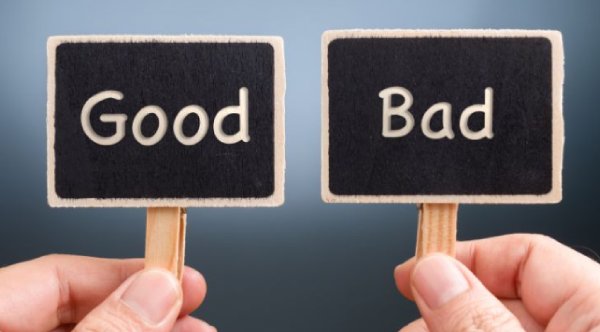Scientists Discover A New Earth-Like World. This Is The First Validated Habitable Planet
April 18, 2014

NASA Ames/SETI Institute/JPL-CalTech
It is a bit bigger and somewhat colder, but a planet circling a star 500 light-years away is otherwise the closest match of our home world discovered so far, astronomers announced on Thursday.
The planet, known as Kepler 186f, named after NASA's Kepler planet-finding mission, which detected it, has a diameter of 8,700 miles, 10 percent wider than Earth, and its orbit lies within the "Goldilocks zone" of its star, Kepler 186 — not too hot, not too cold, where temperatures could allow for liquid water to flow at the surface, making it potentially hospitable for life.
"Kepler 186f is the first validated, Earth-size planet in the habitable zone of another star," Elisa V. Quintana of the SETI Institute and NASA's Ames Research Center in Mountain View, Calif., said at a news conference on Thursday. "It has the right size and is at the right distance to have properties similar to our home planet."
Dr. Quintana is the lead author of a scientific paper describing the findings in this week's issue of the journal Science. Kepler 186f is the latest planet to be sifted out of the voluminous data collected by Kepler, which kept watch over 150,000 stars, looking for slight drops in brightness when a planet passed in front.
The researchers speculate that it is made of the same stuff as Earth — iron, rock, ice, liquid water, although the relative amounts could be very different.
The gravity on Kepler 186f, too, is likely to be roughly the same as Earth's. "You could far more easily imagine someone being able to go there and walk around on the surface," Stephen Kane, an astronomer at San Francisco State University and another member of the research team, said in an interview.
"It's fun to note that if the planet is habitable, photosynthesis may be possible," said Victoria Meadows, an astrobiologist and planetary astronomer at the University of Washington.
At the wavelengths that plants need, Kepler 186f receives only about a sixth as much light as Earth does, but "there are plenty of Earth plants that would be quite happy with that," Dr. Meadows said.
 His Last Day As A Teacher After 36 Years. They Turned It Into A Memory For Life
His Last Day As A Teacher After 36 Years. They Turned It Into A Memory For Life
 Teacher’s Simple Strategy Is Changing The Lives Of So-Called ‘Troublemaker’ Students
Teacher’s Simple Strategy Is Changing The Lives Of So-Called ‘Troublemaker’ Students
 Man Marks 11th Straight Christmas As The Last Unmarried Member Of His Family
Man Marks 11th Straight Christmas As The Last Unmarried Member Of His Family
 'I Laughed And Cried': Vet’s Hilarious Condolence Card Brings Laughter To Grieving Cat Owner
'I Laughed And Cried': Vet’s Hilarious Condolence Card Brings Laughter To Grieving Cat Owner
 Three Brothers Cleaning Out Mom’s Attic Found A Comic Worth $9 Million
Three Brothers Cleaning Out Mom’s Attic Found A Comic Worth $9 Million
 Teen Runs His Own Restaurant ALONE — One Of The Most Uplifting Stories You'll Read
Teen Runs His Own Restaurant ALONE — One Of The Most Uplifting Stories You'll Read
 A Stray Dog Wouldn't Let Go Of A Toy, So Shoppers Bought It For Him
A Stray Dog Wouldn't Let Go Of A Toy, So Shoppers Bought It For Him
 Daycare Worker Goes Viral After Dancing For Babies — Their Reactions Are Priceless
Daycare Worker Goes Viral After Dancing For Babies — Their Reactions Are Priceless
 Watch The Moment This Dog Is Rescued From Dog Fighting
Watch The Moment This Dog Is Rescued From Dog Fighting
 Nanny Gets Surprised With A New Car. Her Reaction Is Incredible
Nanny Gets Surprised With A New Car. Her Reaction Is Incredible
 Jamaican Mom Sees Snow For The First Time — And She Is LIVING
Jamaican Mom Sees Snow For The First Time — And She Is LIVING
